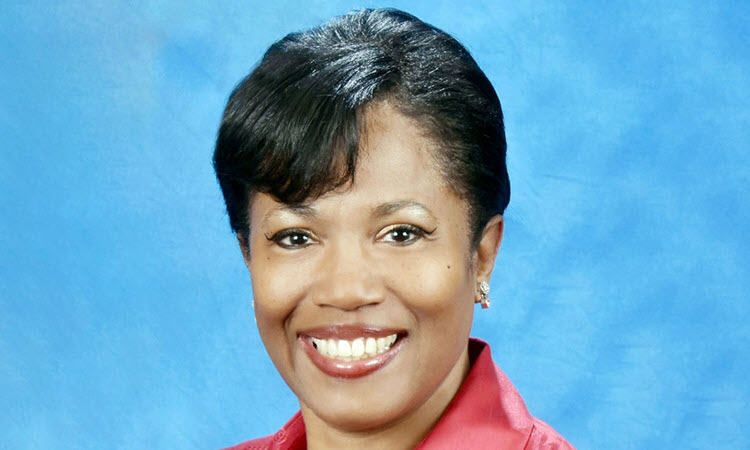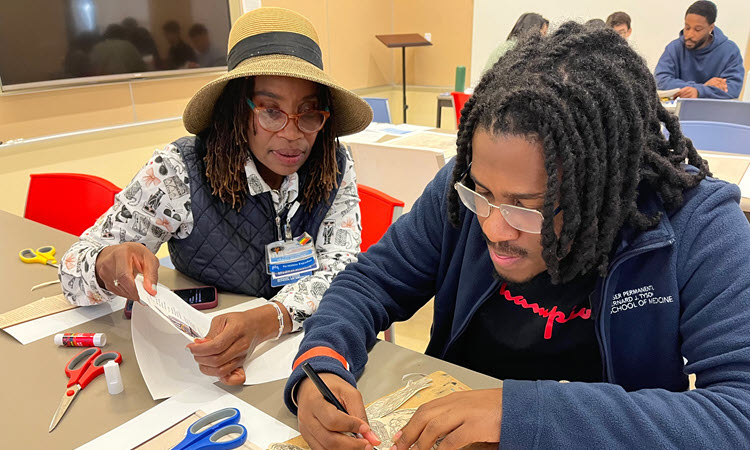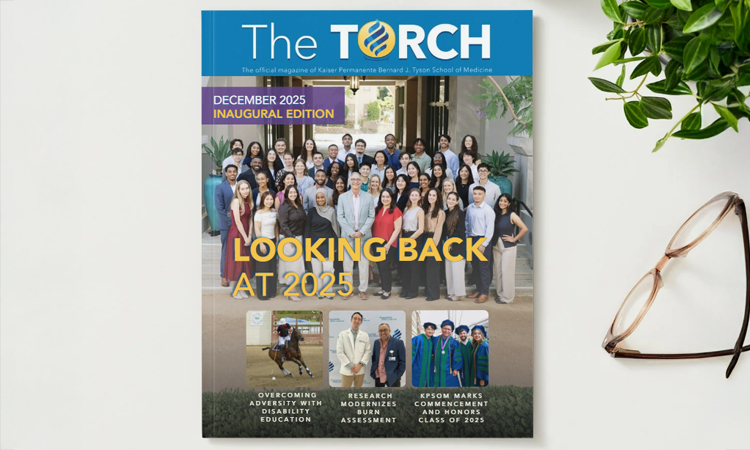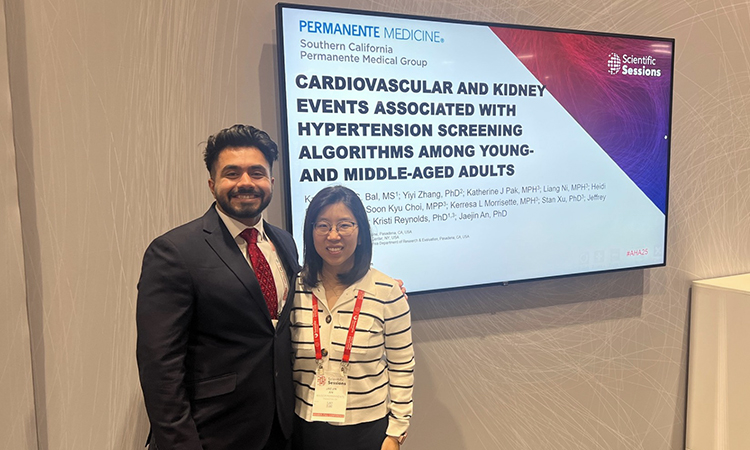In celebration of Women’s History Month, KPSOM is highlighting varied women leaders and physicians working in medicine and STEM-related professions throughout the month. Each woman profiled has forged their own path to a career in medicine and/or STEM. Here, we gather more insight on their personal and professional journeys, influences, and key advice for women and girls interested in medicine and STEM-related professions. In part 4 of our series, we spotlight Lori Carter-Edwards, PhD, MPH, KPSOM Assistant Dean for Community Engagement.
What made you want to become interested in translational medicine and public health?
My interest in public health was inspired by the social support my family provided to my maternal grandmother whose life was extended in part by the 10 years of support she received after having a massive stroke. She had hypertension and diabetes and the family coordinated care for her, helped her maintain better dietary choices, and assisted her with activities of daily living as needed. Respecting the centrality of her faith was germane to the support the family provided. Based on these experiences, I chose to pursue a master’s in public health degree in behavioral sciences and health behavior at UCLA’s School of Public Health to understand the social and environmental correlates of cardiovascular-related events, specifically hypertension, in Black faith communities.
My interest in translational medicine or translational science started in 2006 when I was part of the community engagement team with the Duke Translational Medicine Institute. As the director of a national community engagement consultative service for the Clinical and Translational Science Institutes (CTSIs), I was privileged to connect with academic health institutions across the country who were interested in either improving how they engage with communities to conduct meaningful and impactful research or learning how to get started. Over time, I had the fortunate opportunity to watch community engagement go from an optional element of the CTSIs to a required core. Translating bench science to clinical science and clinical science to the community is an important process across the research continuum. Closing the gaps between these three areas by accelerating the scientific approaches for doing so, particularly from clinical science to the community, is a workforce that remains in development, which continues to fuel my interest.
Was there a specific person(s) who inspired you to go into a STEM-related industry or to medical school? Was there a specific event that was the catalyst to pursuing a career in medicine or STEM? If so, can you tell me a bit about that?
I would say there are two people who stand out who inspired me to go into a STEM-related industry. The first is my mother, Dorothy Carter. She was a math teacher for nearly two decades with the Los Angeles Unified School District, training generations of students before going into administration. I was often with her when she would randomly run into prior students who would compliment her for being a stern yet caring mathematician and instructor, encouraging them to unabashedly dream big. The second is my dissertation advisor, the late Herman “Al” Tyroler. World-renowned cardiovascular social epidemiologist, he helped define the field, guiding me to conduct research on the social determinants of health more than 30 years before they became commonplace. Both my mother and Al challenged me by answering my questions with questions. At the time, it was an arduous process, but it was one that over time, not only built up my confidence in what I truly understood, but also helped me think and communicate more critically.
Women make up less than 30% of the workforce in STEM. What advice would you share with young women and girls interested in building a career in this area?
This is a great question. Young women and girls need to do more than see us in these roles, which is certainly important. They need to be bold enough to reach out and ask those in the STEM workforce the steps needed to get there and beyond. This includes not only the STEM content but also how to work with others along the path. Our work continues to be a team effort, and as such, they will need to learn how to share ideas, address conflict, and make joint decisions, in addition to learning how to lead and maintain their individuality. I think they should not pursue their understanding of career opportunities alone. Peer reflection and support allow them to expand their perspective of STEM in ways they would not do alone.
What is your personal mission as a leader in translational medicine and public health?
My mission is to foster a community of service in these fields by continually learning and adapting, to pay it forward by sharing what I’ve learned, and to encourage those with whom I’ve shared to share with others.



